Advantages of 2024 Aluminum Plate for Aircraft Skin
2024 aircraft aluminum plate is one of the most widely used materials in the aerospace industry, especially in the manufacturing of aircraft skin.
Aircraft skin refers to the thin structural layer covering the aircraft framework (such as wing spars and ribs). It not only defines the aerodynamic shape of the airplane but also bears various aerodynamic loads during flight. Therefore, the skin material must have high strength, excellent fatigue performance, and sufficient toughness.
What is 2024 Aluminum Plate?
2024 aluminum alloy belongs to the aluminum-copper-magnesium series, with copper (Cu) as its primary alloying element. For this reason, it is also known as “hard aluminum.” It is one of the most widely used high-strength aluminum alloys in aerospace.
Key features include high strength, excellent fatigue resistance, and strong crack propagation resistance, earning it the reputation of being a representative "aerospace aluminum."
Common tempers include T3, T4, and T351. After proper heat treatment, 2024 aluminum plate can meet the strict requirements of aircraft skin in terms of strength, toughness, and fatigue resistance.
Surface Treatments
1. Anodizing: Creates a dense oxide layer (thickness 5–25 μm) to improve corrosion resistance and surface hardness while providing an excellent base for painting.
2. Alclad layer: A pure aluminum cladding (10%–15% thickness) applied to the surface to further enhance corrosion resistance, suitable for marine or high-humidity environments.
3. Painting & sealing: Using aerospace-grade primers (e.g., 513X377) and topcoats (e.g., CA8800/I1192), combined with sealants (P/S870C12-SK), to prevent penetration of corrosive media.
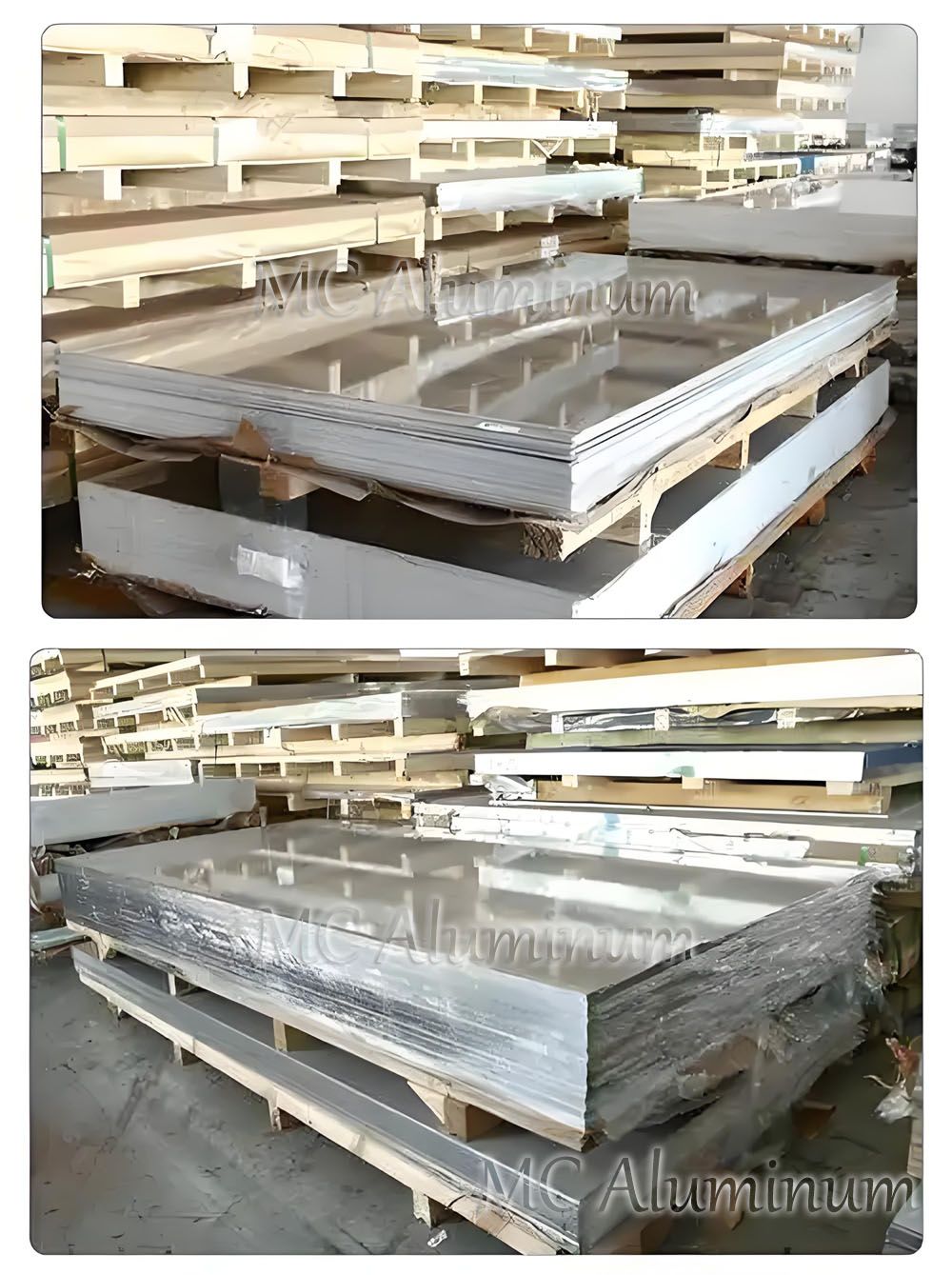
Why is 2024 Ideal for Aircraft Skin?
1. Lightweight: Weight reduction is a core goal in aircraft design, directly impacting range and payload.
2. High strength: Ensures aircraft skin can withstand flight loads and prevents structural failure.
3. Fatigue resistance: Provides long-term reliability across multiple flight cycles.
4. Cost efficiency: More affordable than advanced composites (such as carbon fiber), while still meeting the requirements of most commercial aircraft.
5. Crack resistance: Superior crack propagation resistance compared to many other aluminum alloys.
6. Excellent rivetability: Aircraft skin is often riveted, and 2024 aluminum exhibits outstanding rivet adaptability, ensuring strong integration with aerospace-grade rivets.
7. Good heat resistance: Suitable for use at temperatures below 150°C, with strength at 125°C even superior to 7075 aluminum in some cases.
Mechanical Properties of 2024 Aerospace Aluminum Plate
| Property | Value |
| Density | ~2.78 g/cm³ |
| Tensile Strength | 400–430 MPa |
| Yield Strength | 270–280 MPa |
| Elongation | 10–15% |
| Fatigue Strength | ~140 MPa |
| Elastic Modulus | 71–73 GPa |
| Hardness | ~120 HB |
Applications of 2024 Aircraft Aluminum Plate
Wing skin: Withstands lift and aerodynamic stress, requiring high strength and fatigue performance.
Fuselage skin: Covers large areas of structure, demanding formability and fatigue resistance.
Tail and control surfaces: Requires lightweight design and excellent crack resistance to ensure stable aircraft control.
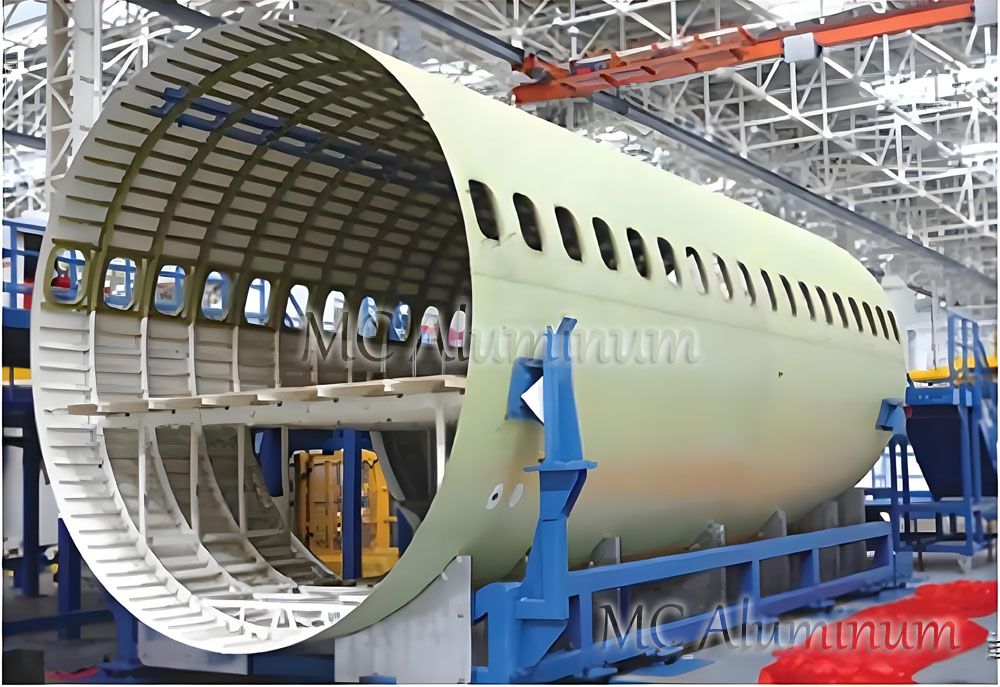
Comparison with Other Aerospace Aluminum Alloys
2024 vs. 7075:
7075 (Al-Zn-Mg-Cu alloy) generally offers higher overall strength, particularly yield strength. However, 2024 often outperforms in fatigue resistance, especially in thin sections. Both alloys have relatively poor corrosion resistance and usually require Alclad protection.
2A12 (China GB standard):
Very similar in composition and properties to 2024, essentially regarded as the domestic equivalent, and widely used in aircraft skin manufacturing in China.
Next-generation alloys (7055, 7085, etc.):
With improved purity control and micro-alloying, these alloys provide superior strength and overall performance. They have been applied in new-generation aircraft such as Boeing 777, 787, and Airbus A380.

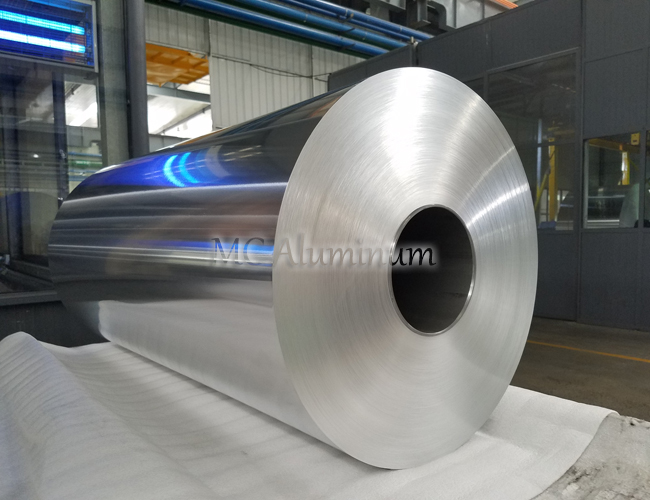
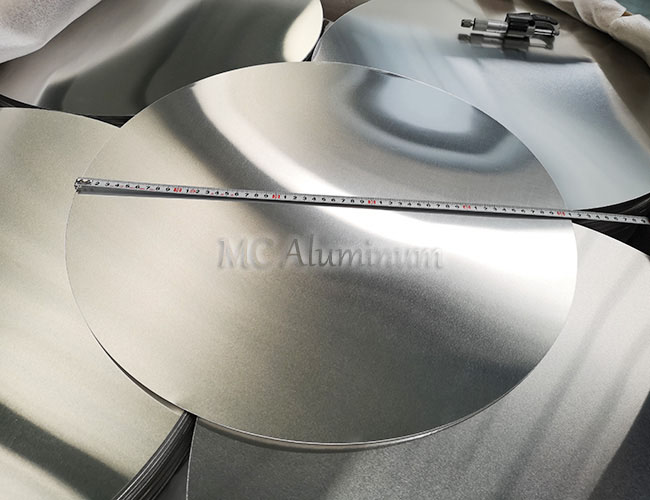
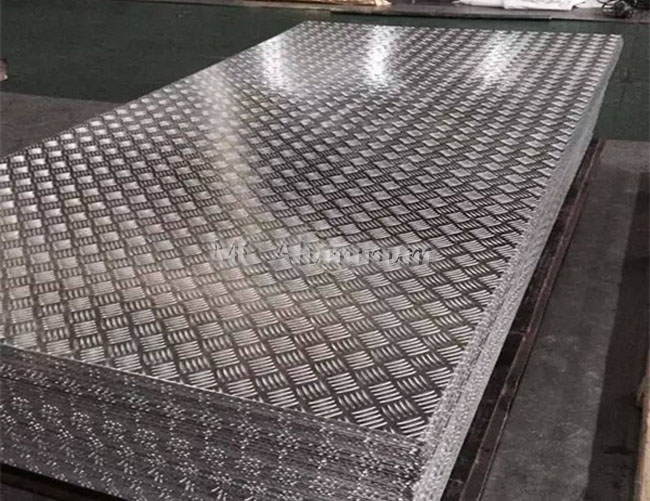
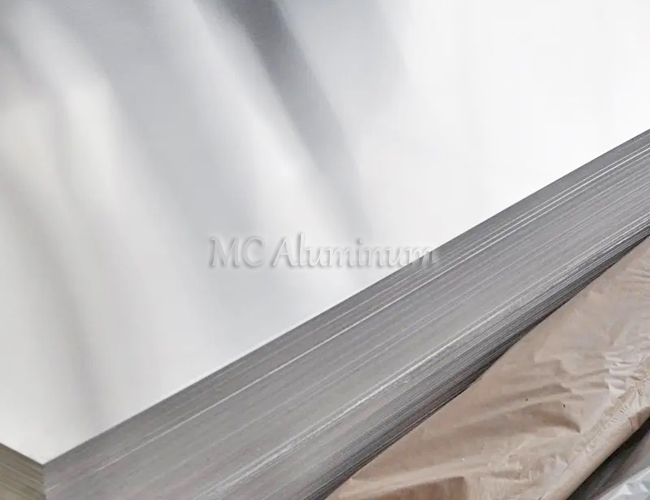
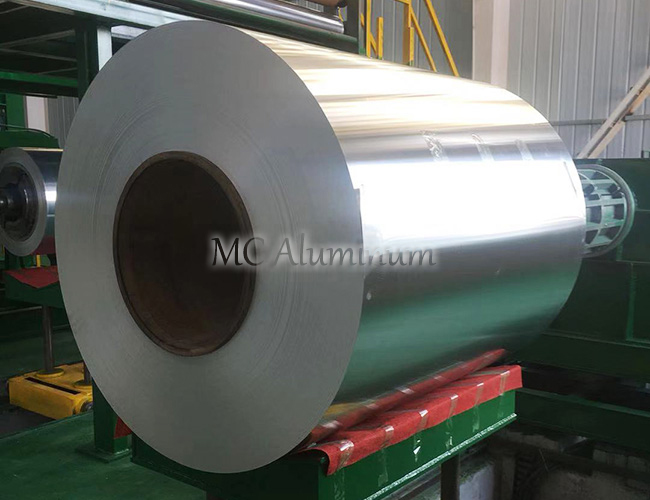
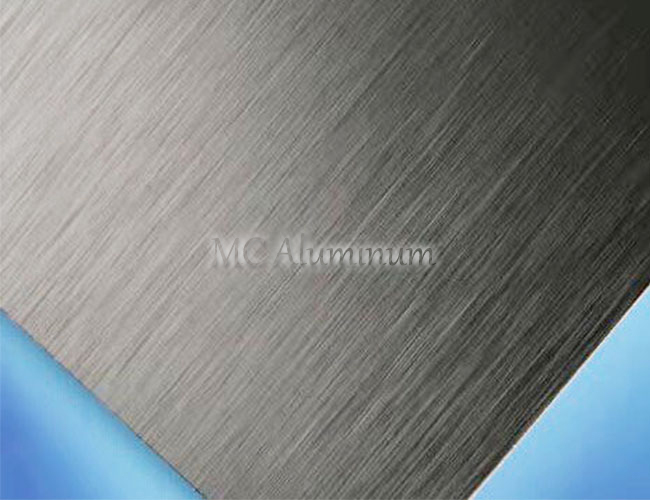
Contact Us